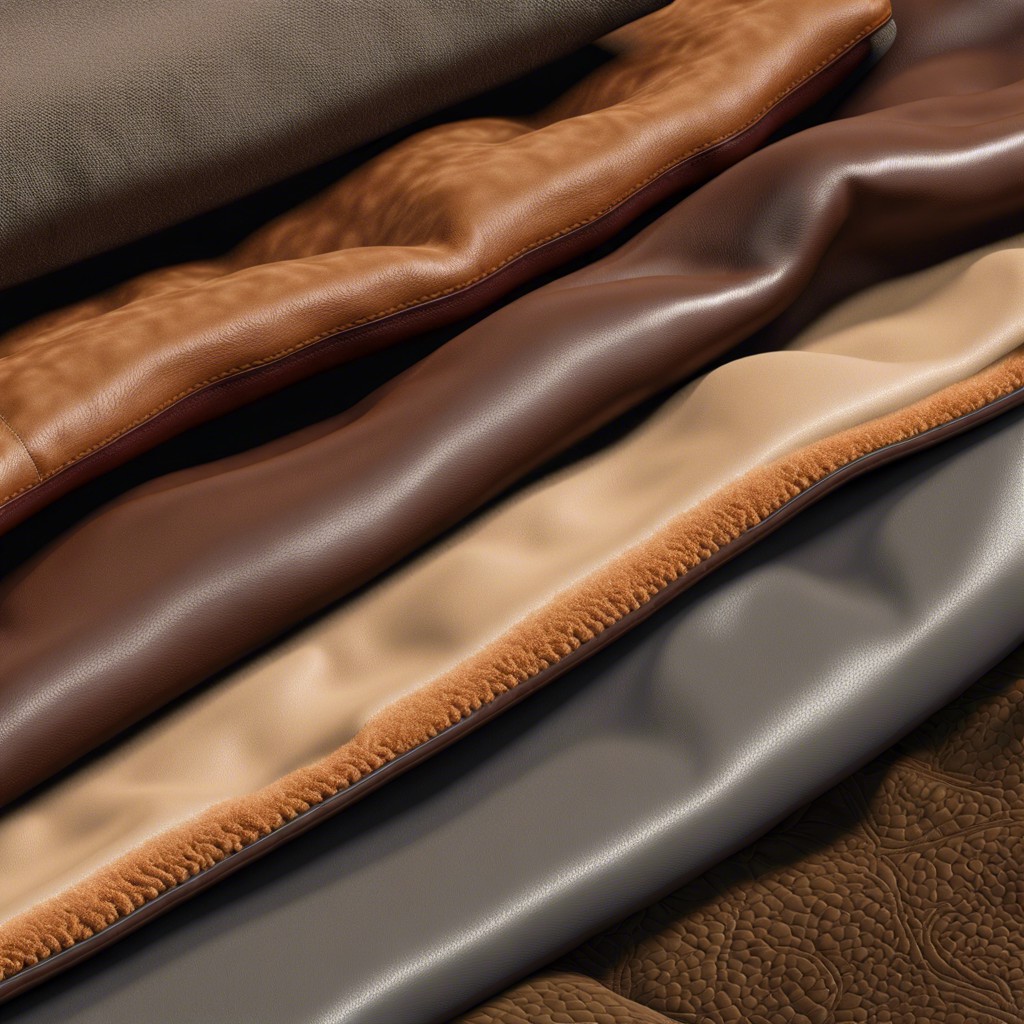Last updated on
Learn practical methods to remove gum from your couch quickly and effectively without damaging the upholstery.
Key takeaways:
- Different materials require specific cleaning methods for gum removal.
- Use a blunt knife or plastic scraper to gently scrape off excess gum.
- Harden the gum with ice before removing to prevent residue and damage.
- Use vinegar or mild soap to clean gum stains on fabric.
- Call professional cleaners for persistent gum issues and tailored solutions.
Table of Contents
Assess the Type of Upholstery Before Attempting Removal

Recognizing the upholstery material is crucial for effective gum removal. Different materials require specific cleaning methods to avoid damage.
For leather and faux leather, avoid water-based solvents that could stain or discolor the material. Gentle, oil-based products can be effective in releasing gum while preserving the couch’s finish.
Fabric couches, such as cotton or polyester blends, can handle a variety of cleaning agents, but it’s important to test any solution on an inconspicuous area first to ensure colorfastness.
Delicate fabrics like silk or wool may necessitate professional cleaning services, as aggressive home remedies could cause irreparable harm.
Microfiber is often easier to clean due to its stain-resistant nature. Here, a simple dab with rubbing alcohol might suffice, but always check manufacturer guidelines first.
Lastly, with suede, specialized cleaning products designed for this sensitive material should be employed, and water exposure should be minimal to avoid unsightly watermarks.
Scrape Off Excess Gum Carefully With a Blunt Knife
Begin by gently placing a blunt knife or a plastic scraper at the base of the gum. This will allow for leverage without damaging the couch fibers. Apply gentle pressure and slowly push the tool under the gum, lifting it away from the upholstery.
Avoid using sharp objects as they can tear the fabric or leave scratch marks on leather. In the case of delicate materials, even a credit card edge might be too harsh, so opt for a silicone spatula instead.
If the gum does not come off in one piece, do not be tempted to pull or tug at the remnants. This can stretch the fabric and result in a distorted area on your couch. Instead, take frequent breaks and reapply ice if necessary to keep the gum hard, repeating the gentle scraping until all excess is removed.
Hardening Gum With Ice for Easy Removal
Hardening the gum makes it easier to peel off from fabric surfaces without leaving residue. The cold temperature causes the gum to solidify, preventing it from further seeping into the upholstery fibers. To achieve this, place a few ice cubes in a plastic bag or use a commercially available cold pack. Apply it directly onto the gum until it becomes brittle, usually for about a minute, depending on the quantity of gum.
Once the consistency changes, use a spoon or dull knife to gently lift the gum from the couch. It should come off in one piece or large fragments. If small bits remain, reapply the ice until all the gum has hardened and can be scraped away. This method is preferable as it uses no chemicals and is less likely to damage the couch’s material. Always remember to dry the area afterward to avoid water stains or fabric damage.
Cleaning Gum Stains With Vinegar or Mild Soap
Once you have removed the hardened gum, you might still notice a stain on the fabric of your couch. To address this, distilled white vinegar can be an effective solution. Dab a cloth with vinegar and gently blot the stain. The acidity of the vinegar helps break down the gum residue, making it easier to wipe away.
For more delicate upholstery, or if you’re wary of the vinegar odor, a mild soap solution can be a safer alternative. Mix a small amount of liquid soap with water until suds form. Using a microfiber cloth, apply the foam to the stain, avoiding over-wetting the area. Blot gently until the stain lifts. Remember to patch test any cleaning solution on an inconspicuous area of your couch to ensure colorfastness. Rinse the area with a damp cloth and pat dry with a towel to finish the process.
Calling Professional Cleaners for Persistent Gum Issues
If you’ve tried the previous methods without success, it’s time to consider enlisting professional help. Upholstery cleaning specialists have the expertise and equipment necessary to tackle stubborn gum residues without causing damage to your couch fabric.
Professionals possess specialized solvents and steam cleaning machines that can dissolve and lift gum gently from fibers. They are also trained in handling various materials, from leather to delicate woven fabrics, ensuring the cleaning process is tailored to your couch’s specific needs.
Furthermore, reaching out to professional cleaners can be a time-saving and stress-relieving solution. They will not only remove the gum but also deep-clean the affected area, eliminating any residual stickiness or stains left behind. Their services often come with a cost, but the investment might be worth it for preserving the quality and appearance of your furniture.
Remember, tackling gum removal without the right knowledge can lead to fabric discoloration or texture damage. When in doubt, calling the professionals is a wise move to protect your couch and ensure it remains in top condition.
Lastly, ensure to check for service reviews and ask about any guarantees to confirm you are entrusting your couch to reputable cleaners.




